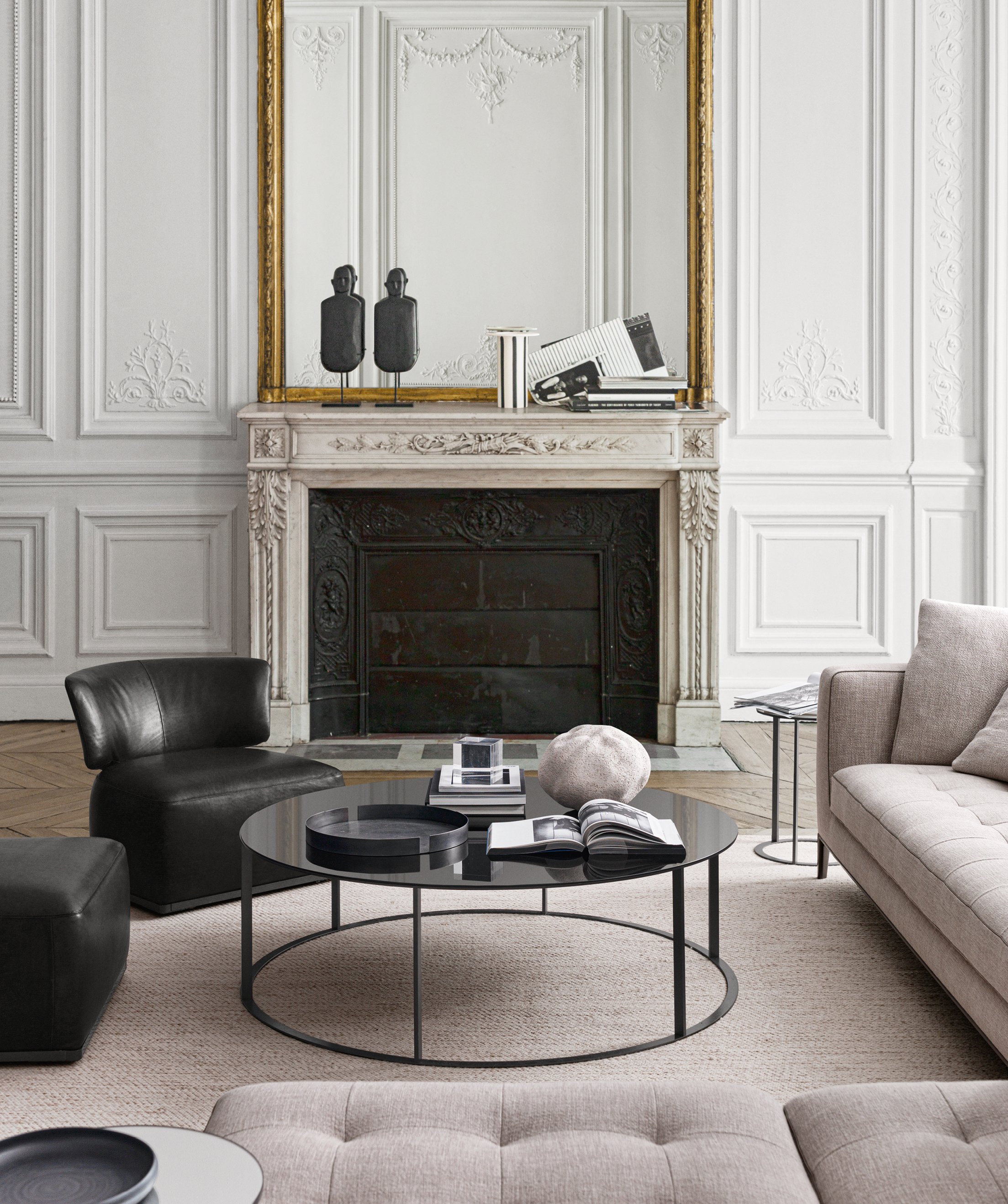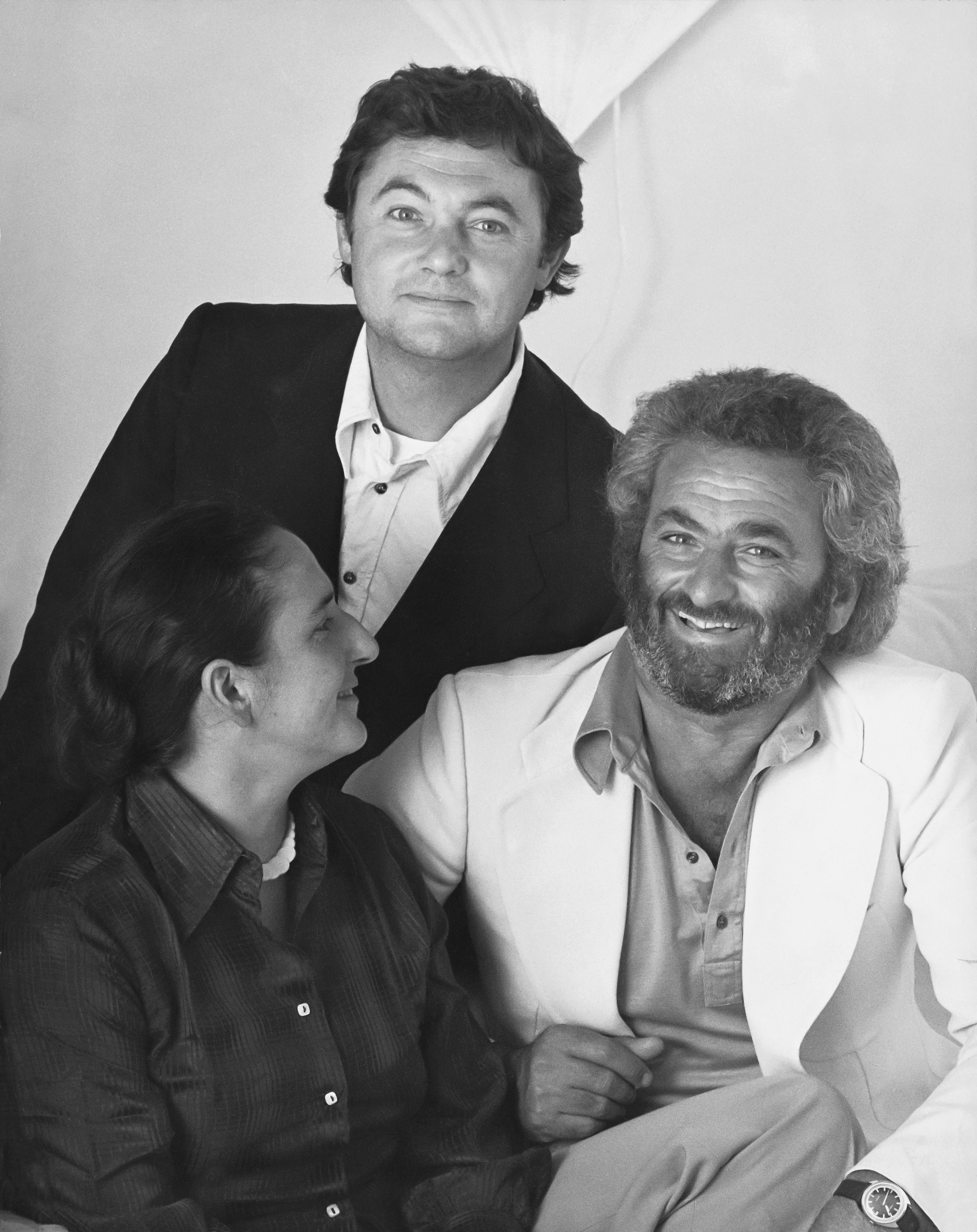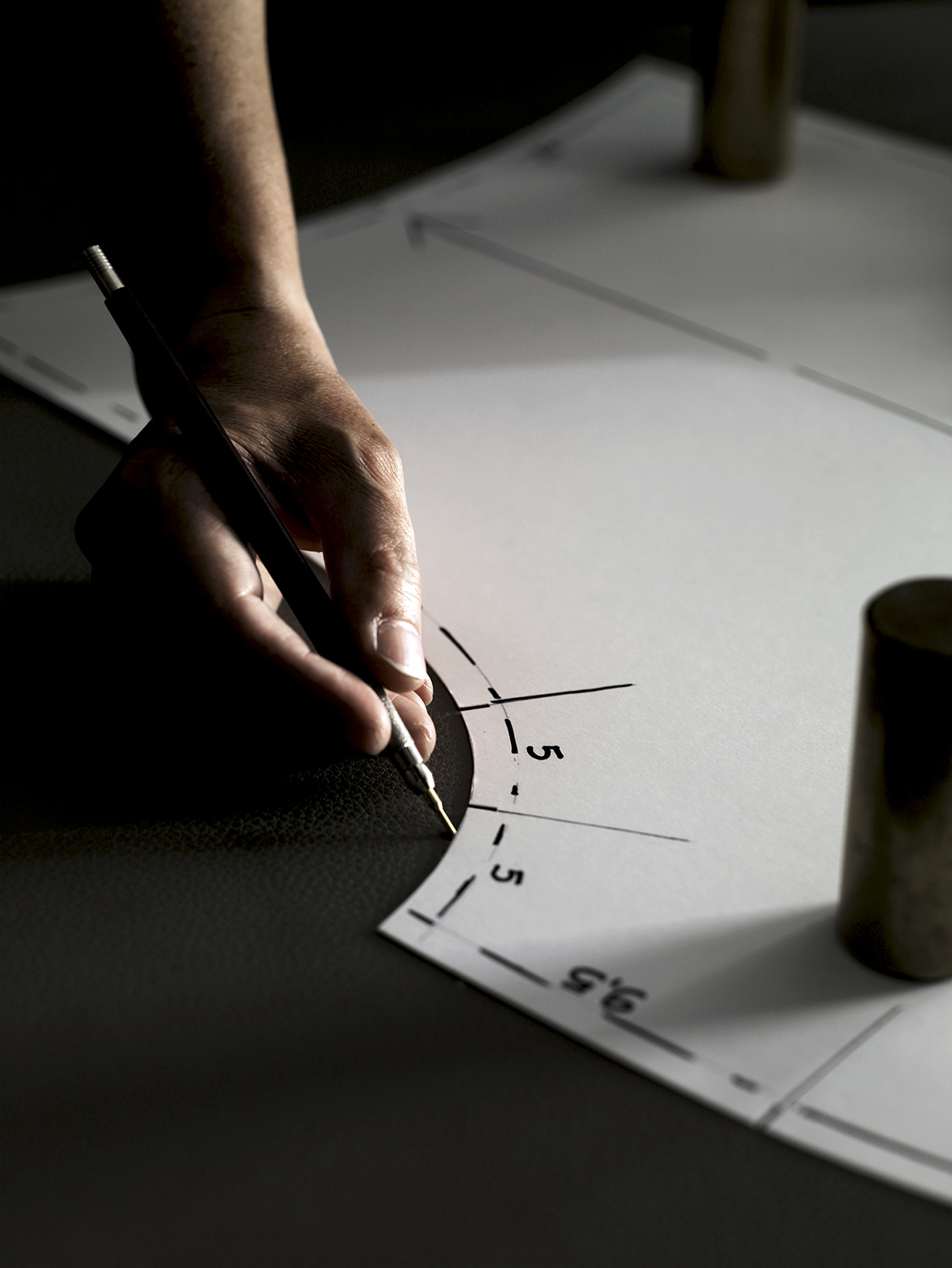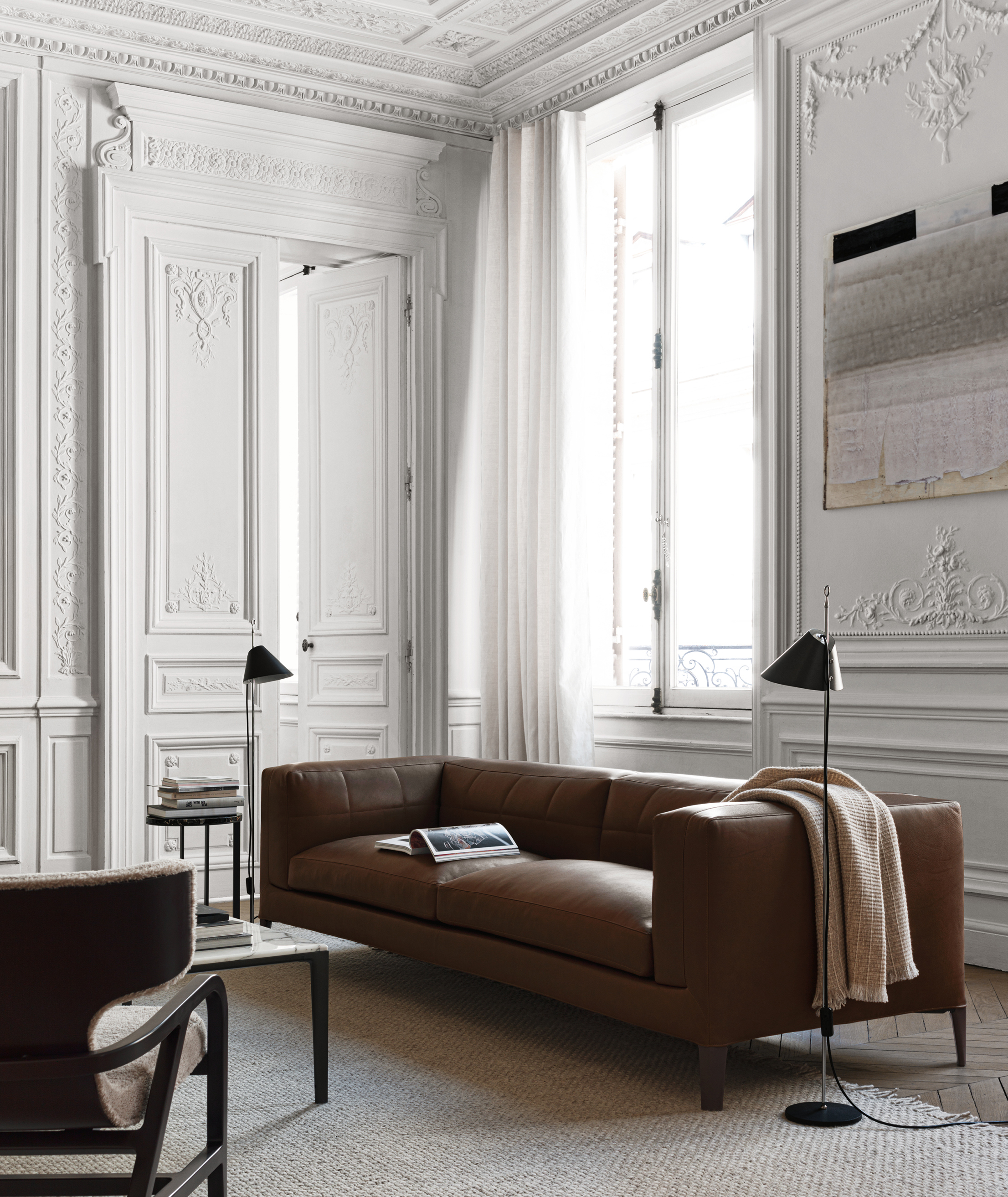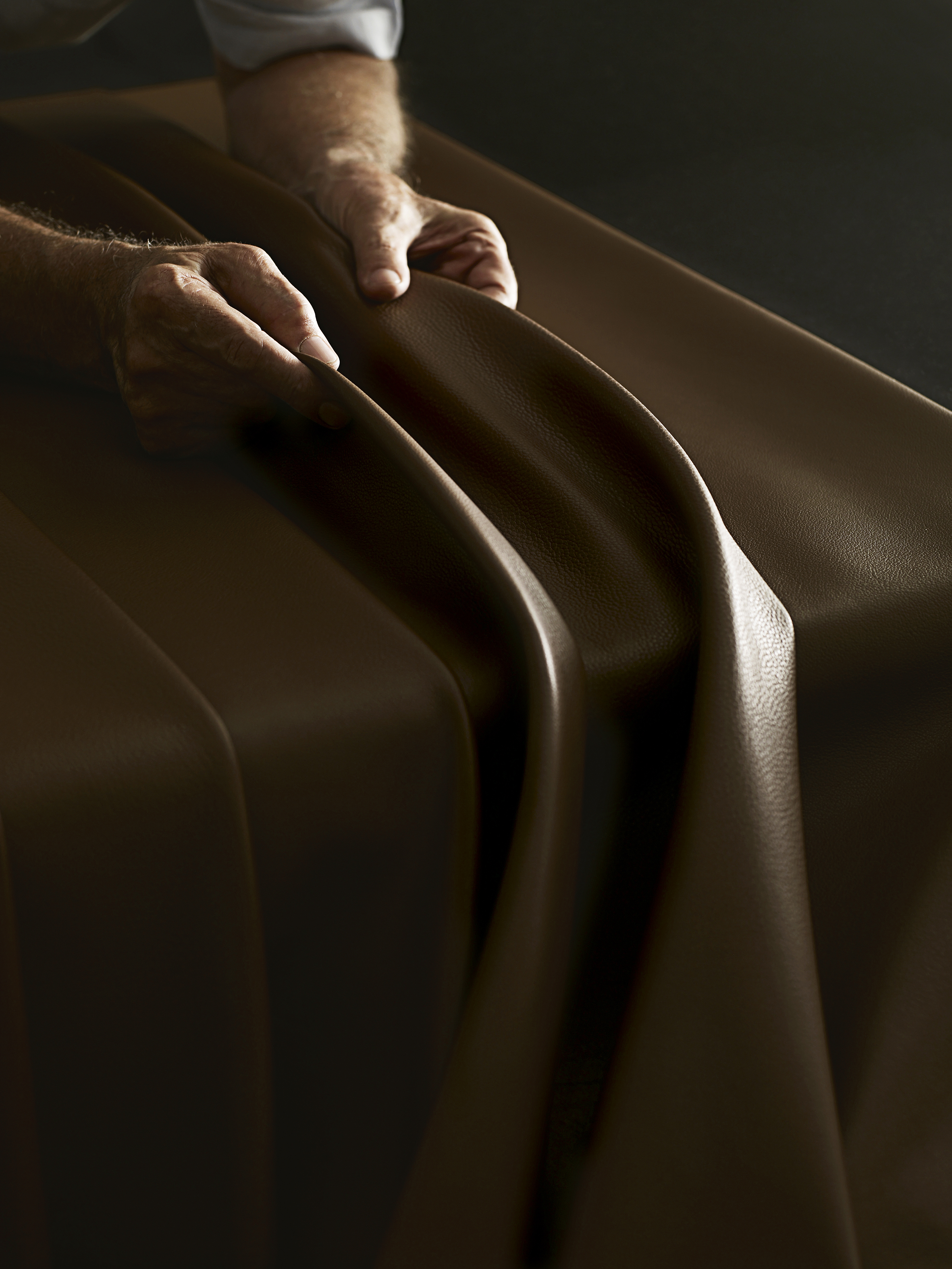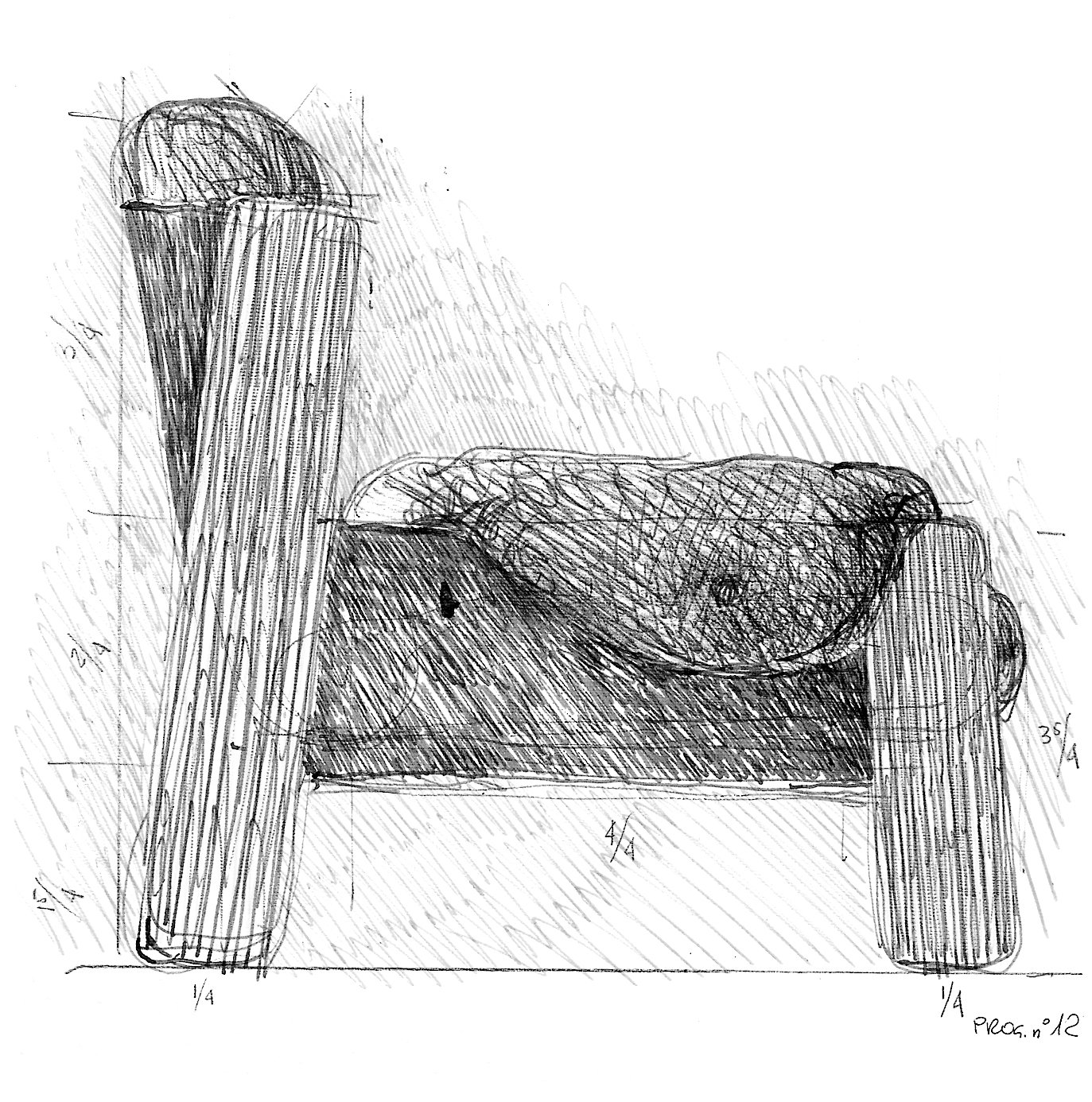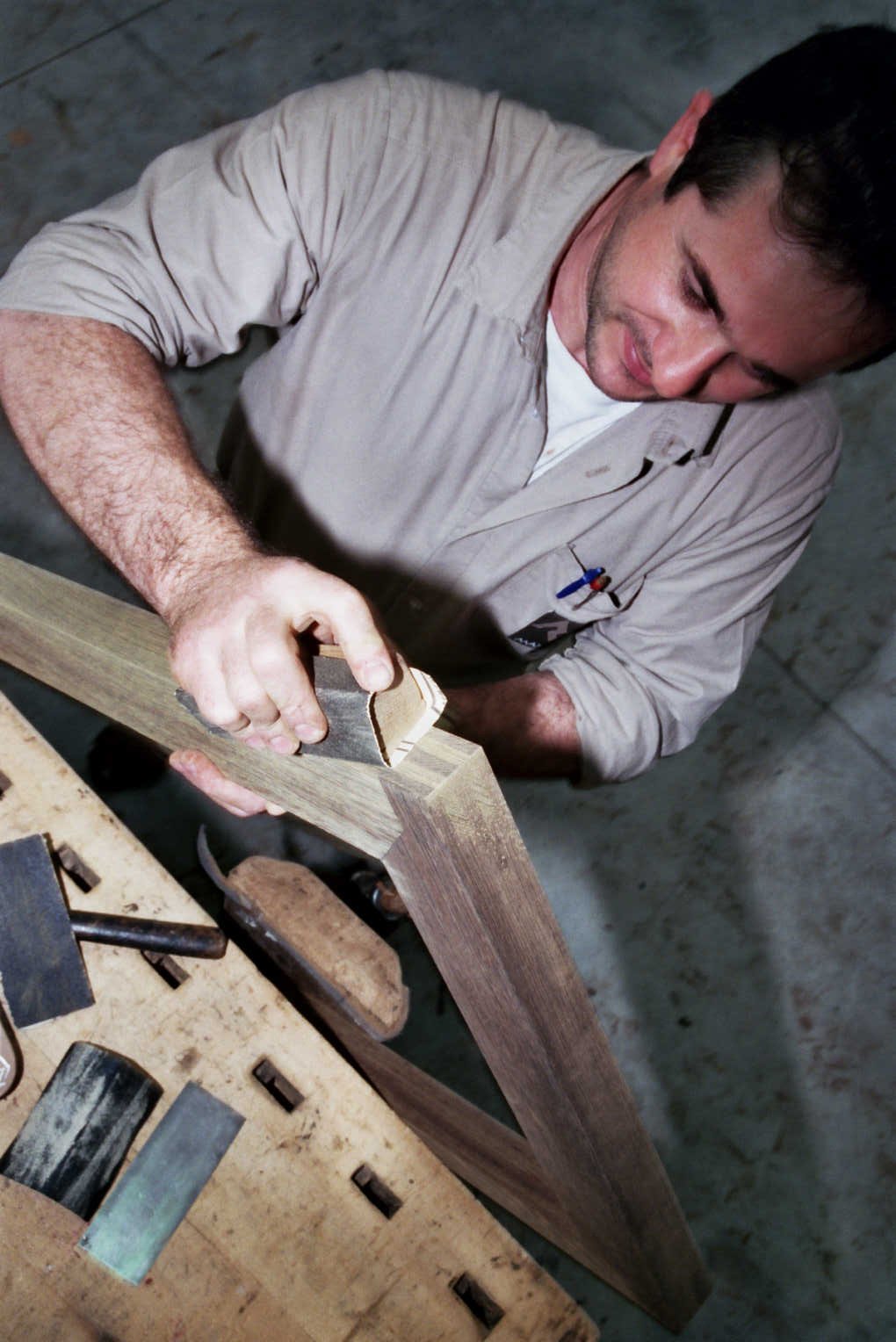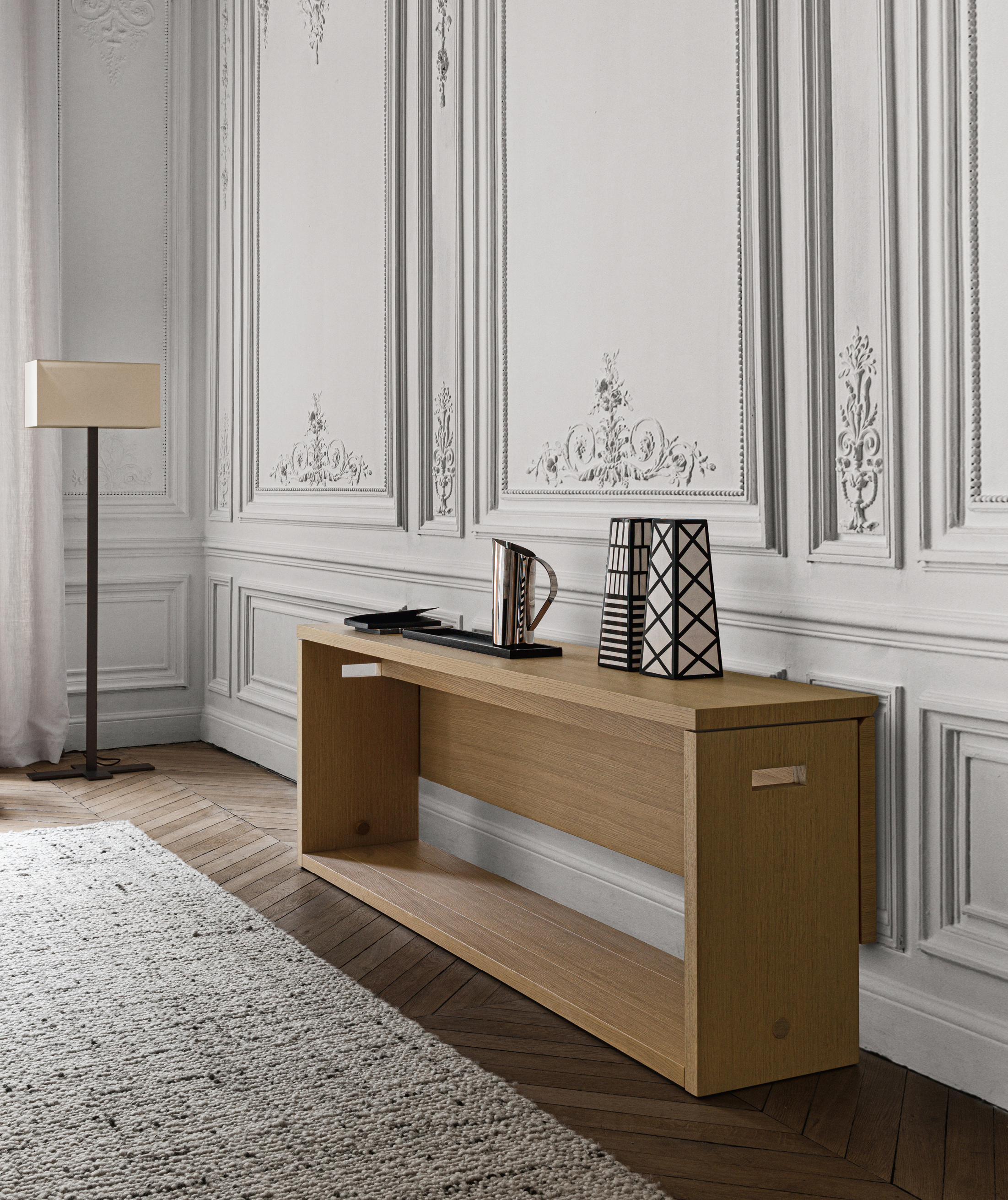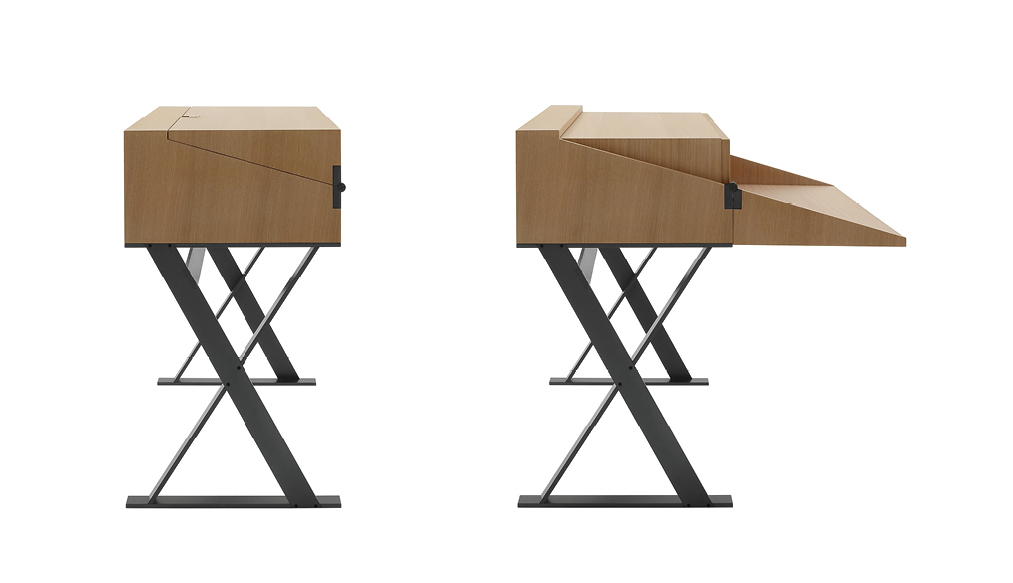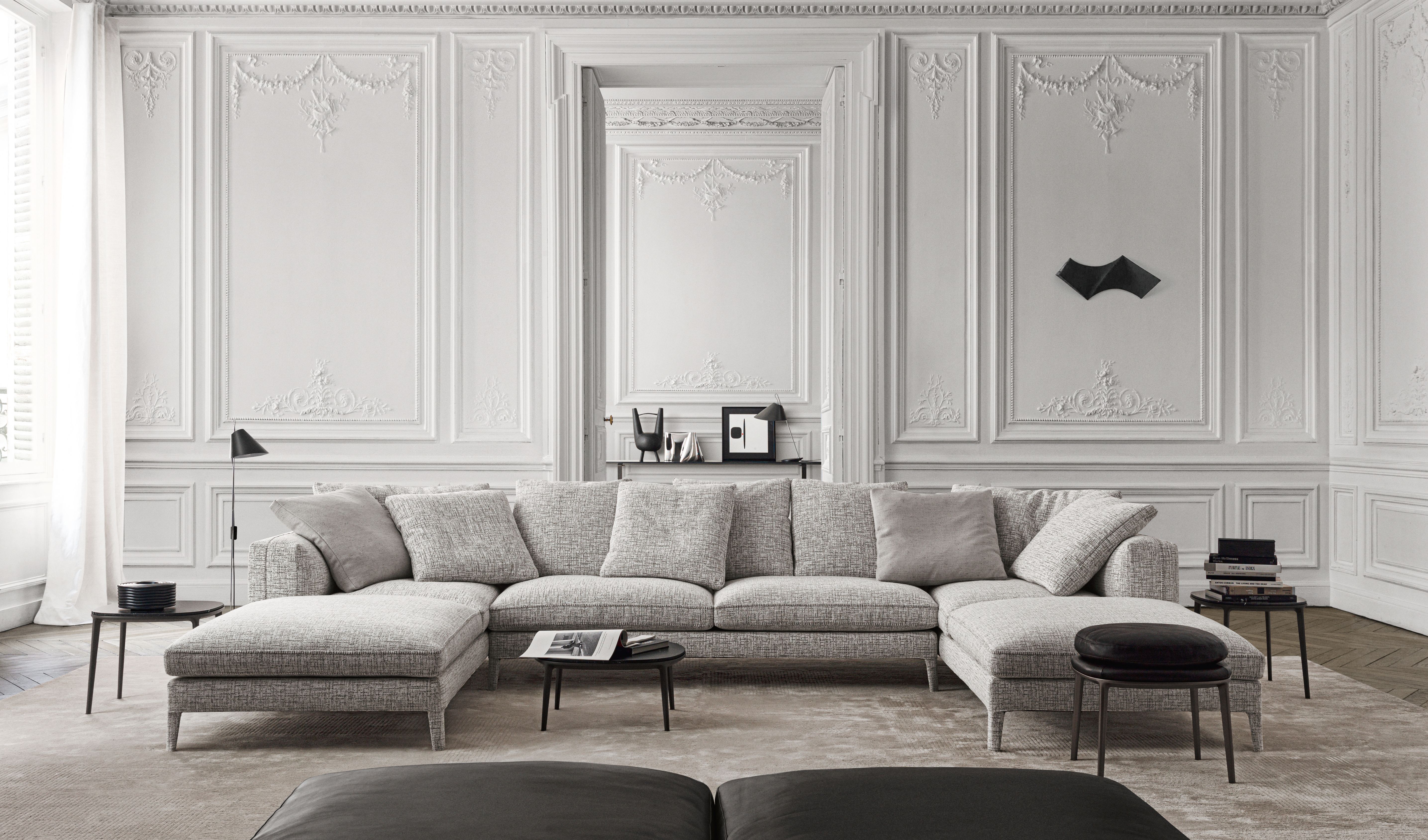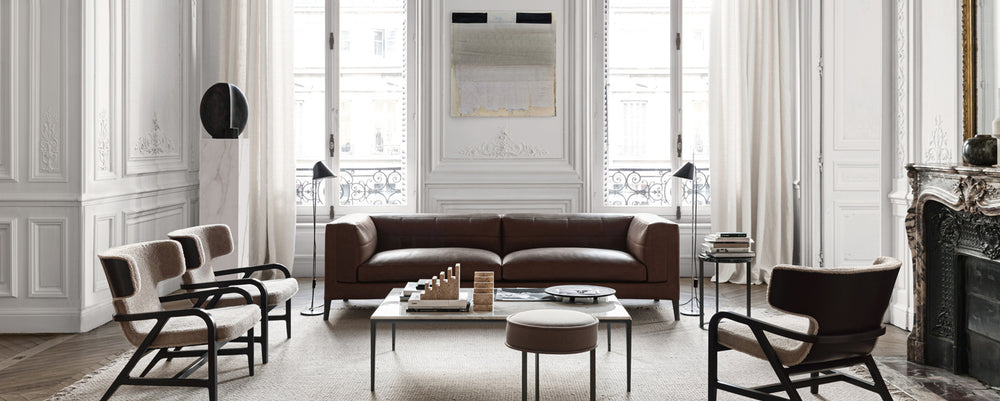
When B&B Italia launched Maxalto in 1975, its collaboration with architects Afra and Tobia Scarpa would lay the foundations for a collection of crafted wood furniture made entirely in Italy. Now in the hands of designer Antonio Citterio, the collection reflects the romanticism of the 19th century French salon with a softer approach to modernism.
The name 'massa alto’ means 'the highest' in Venetian dialect and underpins Maxalto's ongoing quest for classic designs shaped by the best materials and production methods. Launched at the height of Italy's industrial transformation when the world was embracing new materials, the decision to focus on the traditions of wood craftsmanship was risky. However, Maxalto’s search for iconic objects would merge with new thinking about the modern room: a style it would describe as "combining geometrical simplification of shapes" influenced by the highly refined skills of Italian carpentry and the beauty of natural materials.
With the know-how of B&B Italia’s advanced manufacturing methods and a team whose combined knowledge represented the breadth of Italian crafts, the approach would focus on experimentation and re-engineering production methods. Defining this approach, Tobia Scarpa once described the collections as objects made of precious materials, such as wood carefully processed “piece by piece" and finished in the hands of a craftsperson.
"What is proposed is a warm environment, with a lighter touch in terms of aesthetics; a coherent update, totally faithful to Antonio Citterio’s initial Déco ideal."
Maxalto
“Each piece tells of its function, celebrating a solid and reassuring ritual. The desk is a desk and nothing more, and its place is that of concentration.”
Antonio Citterio

The Lucrezia sofa by Antonio Citterio for Maxalto. Photo c/o Maxalto.
The Maxalto collection is coordinated today by the Milan-based architect and designer Antonio Citterio whose research into modern furnishings leans towards shapes that recall the romanticism of French design between the wars, while he quietly finesses each piece with the pared-back articulation of a modernist.
“I followed a theme when I designed the Maxalto collection, precisely the meaning of the bourgeois room and of the past century's tradition,” remarks Antonio Citterio at the launch of Maxalto's newest collection Heritage Perspectives. “Each piece tells of its function, celebrating a solid and reassuring ritual. The desk is a desk and nothing more, and its place is that of concentration”.
Antonio Citterio is fascinated by wood's ability to soften the traditional geometries of modernism. HIs collections of classic sofas and chairs with soft detailing and generous proportions, reference the work of designers including Jean-Michel Frank whose subtle, intuitive details, and natural materials, introduced the hand of the maker to modernism's 'machine' aesthetic.
True to the spirit of Maxalto’s classic designs, Heritage Perspectives includes new pieces and novel editions featuring the company’s classic pieces, all with a sophisticated, refined craftsmanship described by Maxalto as a "re-elaborated style, recreated in its colour tones, dimensions, materials and models”. The collection takes Citterio’s approach to modernism and layers it with the lighter tones of untreated wenge and oak, and new finishes in bronze, chrome and aluminium. Chairs and sofas are highlighted in nuanced leathers and fabrics enriched with detailed stitching inspired by the 1920s and the work of Jean-Michel Frank, their sophisticated textures and neutral tones easily combined with abstract black and white graphics.
The Maxalto Heritage Perspectives range reimagines key designs across its five collections: the Apta, AC, Simplice, Lux and Acro, and layers them with new pieces designed by Citterio for "enthusiasts of contemporary design centred on tradition”.
Maxalto is available exclusively from Space – Australia and Space – Singapore and Kuala Lumpur.
